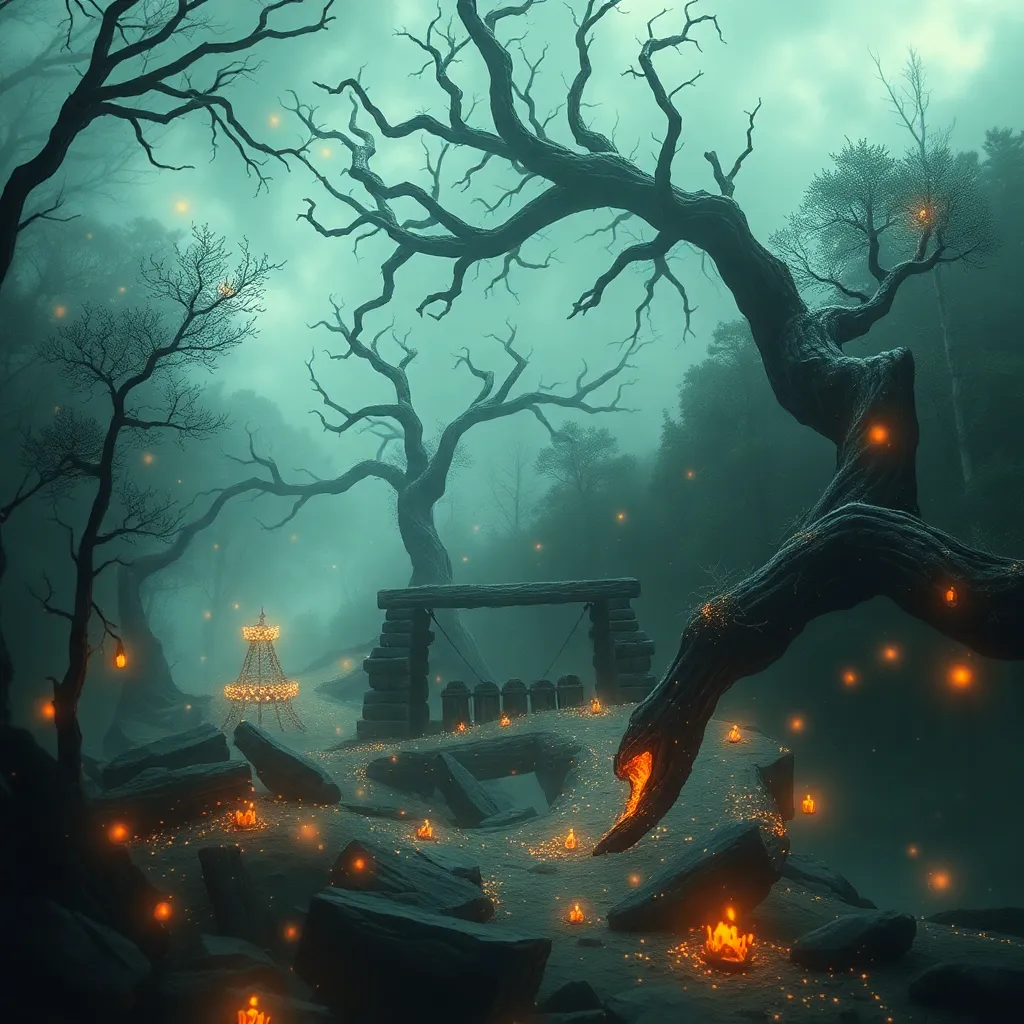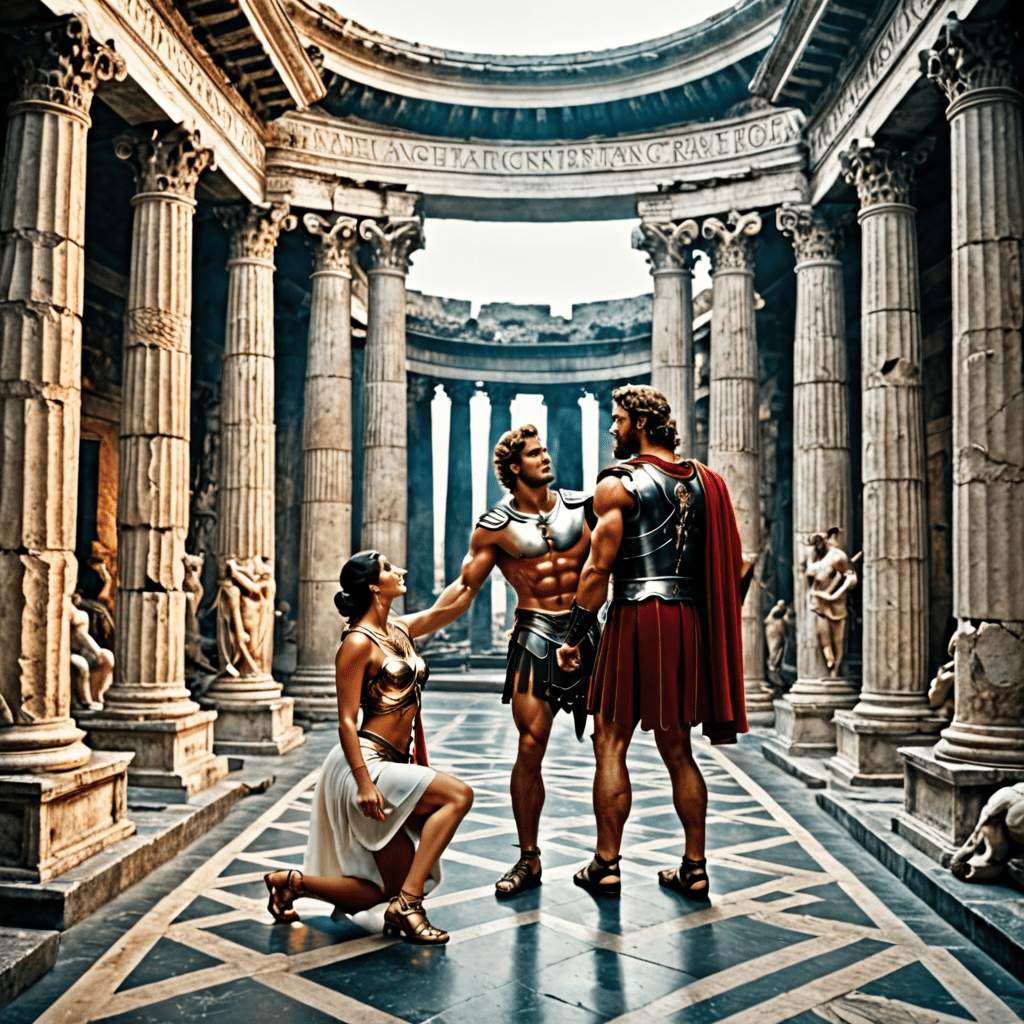The Artistic Representation of African Mythological Figures
Introduction
Africa, a continent with a rich and diverse cultural heritage, boasts captivating and profound mythological tales and legends that have been passed down through generations. The portrayal of these mythological figures in art provides a valuable window into African cultural values, beliefs, and traditions. Their representation offers a deep dive into the heart of ancient civilizations while highlighting ongoing creative processes in African art.
Historical and Cultural Context
African mythological figures have played an essential role in shaping societies. Ancestral reverence, cultural identities, and profound philosophical principles have intertwined with these figures and have become an inextricable part of cultural memory throughout time. The artistic depiction of these deities, spirits, and legendary characters provides a unique perspective on ancient traditions and beliefs while emphasizing their ongoing relevance. The interplay between mythology, spirituality, and artistic expression unlocks the cultural and historical context within which African mythology unfolds.
The Role of Griots and Storytellers
Griots, the traditional oral historians and performers in African cultures, hold the keys to preserving mythological lore. As keepers of knowledge and tradition, they skillfully employ narratives, chants, music, and dance to bring African mythological figures to life. The stories and artistic renditions of griots offer an authentic link to the past and facilitate the intergenerational transmission of cultural values and wisdom.
Traditional Artistic Forms
Sculptures and Carvings: African sculptural forms exhibit exceptional craftsmanship in representing deities, heroes, and supernatural creatures. Carvings in wood and ivory portray mythological beings with intricate details, capturing their power, presence, and symbolic meanings. These sculptures often adorn shrines, public spaces, and ceremonial objects. The artistic prowess of African craftsmen shines through the delicate balance between abstract expression and realistic portrayal, infusing sculptures with a palpable sense of divinity and connection to the spiritual realm.
6. Symbolism and Iconography
The artistic representation of African mythological figures often incorporates symbolic elements that convey deeper meanings. Animals, plants, and natural phenomena may appear in artworks to represent specific traits or aspects of the deity or spirit depicted. For instance, the lion symbolizes strength and courage, while the snake represents wisdom and cunning. Understanding the symbolism and iconography enriches the interpretation of African mythological art and provides insights into the cultural beliefs and values embodied within.
7. Variations in Artistic Representations
7.1. Regional Differences
African mythology and its artistic portrayal exhibit regional diversity. Different ethnic groups and geographical locations have shaped unique interpretations of mythological figures. For example, the Yoruba people of Nigeria depict the deity Eshu as a trickster figure, while the Dogon people of Mali portray him as a divine messenger. These variations reflect the richness and diversity of African cultures and the dynamic nature of mythological traditions.
7.2. Individual Interpretations
Even within a particular region, individual artists bring their own interpretations to the representation of mythological figures. Contemporary artists may incorporate modern techniques and perspectives into their works, while traditional artists draw inspiration from established iconography. This diversity showcases the enduring power of African mythology and its ability to inspire creativity and innovation across generations.
8. Significance and Impact on African Culture
African mythological figures hold immense significance in African culture. They embody communal values, shape moral codes, and provide guidance for daily life. The artistic representation of these figures serves as a tangible expression of cultural identity and heritage. It fosters a sense of connection between the past and present, reinforcing the continuity of African traditions and the enduring power of mythology in shaping African societies.
9. Challenges and Preservation
Preserving African mythological art and the knowledge surrounding it poses challenges. Colonialism, globalization, and urbanization have contributed to the erosion of traditional practices and the loss of cultural heritage. However, efforts are underway to revitalize and safeguard these artistic forms through initiatives such as community-based projects, museum exhibitions, and educational programs. By documenting and transmitting mythological knowledge, contemporary artists and cultural practitioners play a vital role in ensuring the continuity of African mythological traditions.
10. Conclusion
The artistic representation of African mythological figures is an integral aspect of African cultural heritage. Through sculptures, paintings, masks, and contemporary expressions, these figures embody the beliefs, values, and traditions of African societies. They serve as a testament to the enduring power of mythology and its profound impact on African culture. By understanding the symbolism, variations, and significance of these artistic representations, we gain a deeper appreciation for the richness and diversity of African mythology and its enduring relevance in the contemporary world.
FAQs
What are the most common African mythological figures?
- The most common African mythological figures include deities, spirits, ancestors, and legendary heroes.
How do artists portray African mythological figures in their artwork?
- Artists use various techniques and media to portray African mythological figures, including sculpting, painting, drawing, and performance art.
What is the significance of masks in African mythology?
- Masks play a significant role in African mythology, representing deities, spirits, and ancestors. They are used in rituals, ceremonies, and performances.
How has African mythology influenced contemporary art?
- African mythology has significantly influenced contemporary African art, inspiring artists to explore themes of identity, tradition, and spirituality in their work.
What are the challenges facing the preservation of African mythological art?
- The preservation of African mythological art faces challenges such as colonialism, globalization, and urbanization, which have led to the loss of traditional practices and cultural heritage.


